Becoming a plant parent is a fulfilling and nurturing experience. Just like pets, plants need proper care and attention to thrive. Whether you’re new to plant care or an experienced gardener, it’s essential to understand what your “green babies” need to flourish. In this guide, we’ll cover the basics of plant care to ensure your leafy companions stay happy and healthy.
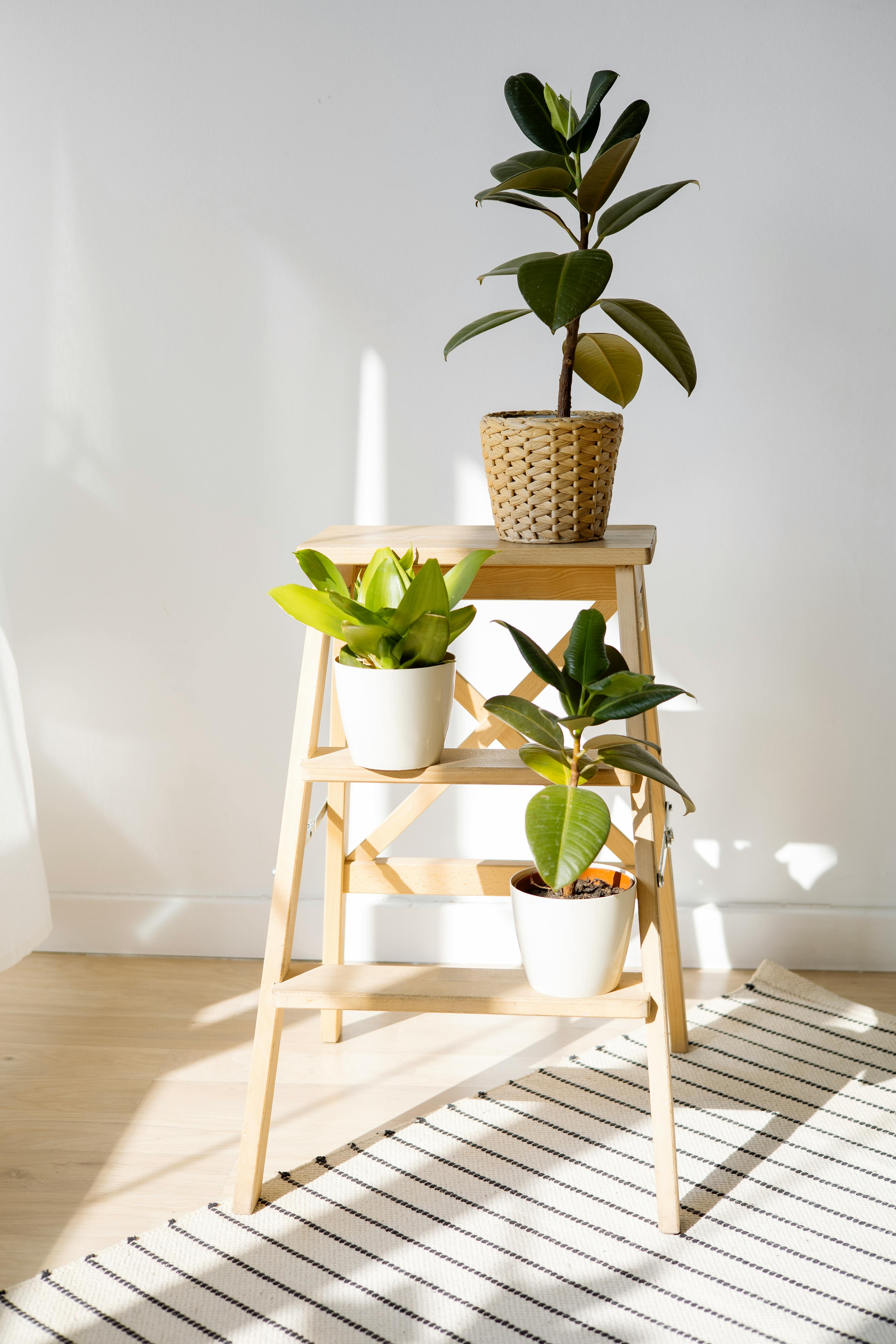
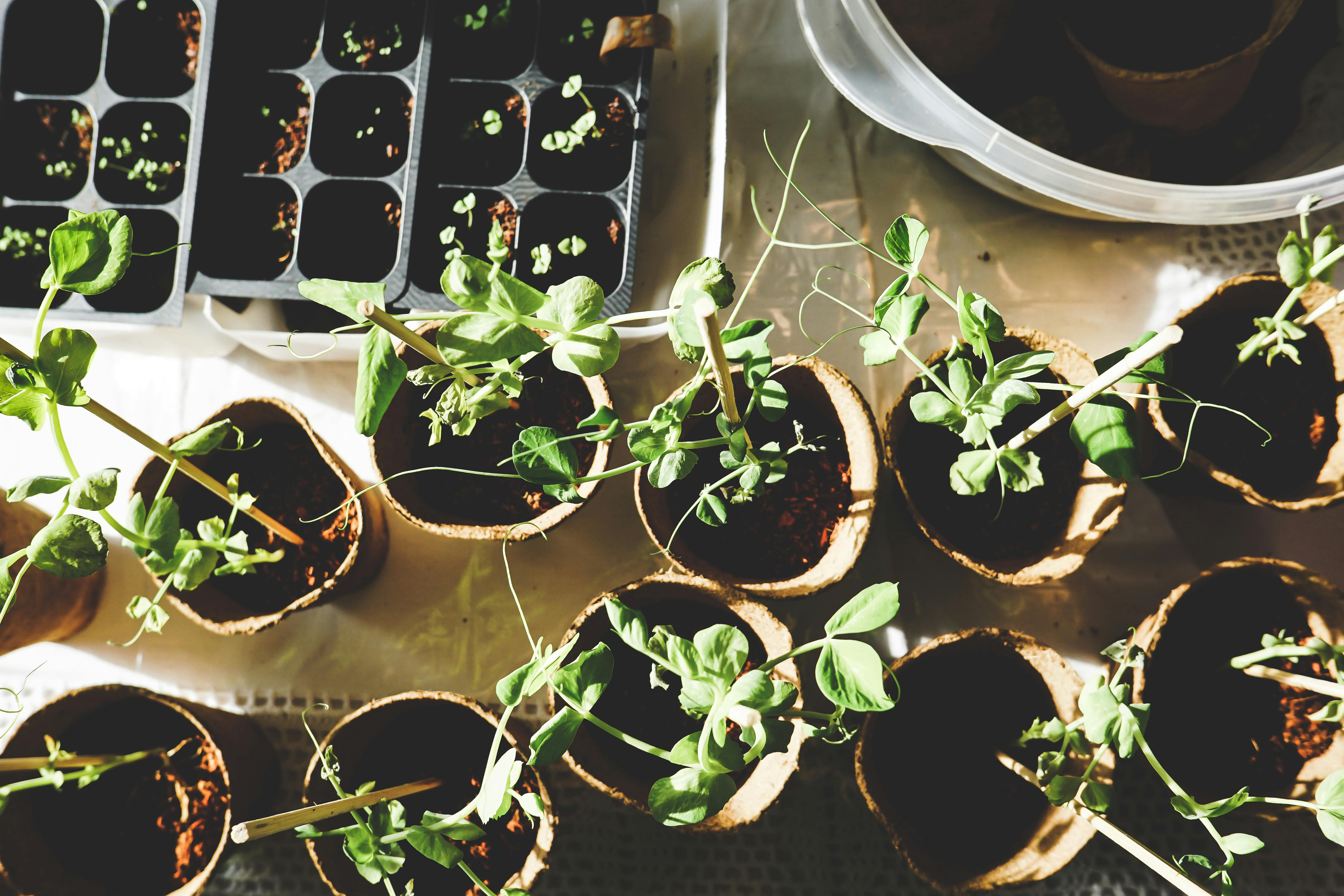
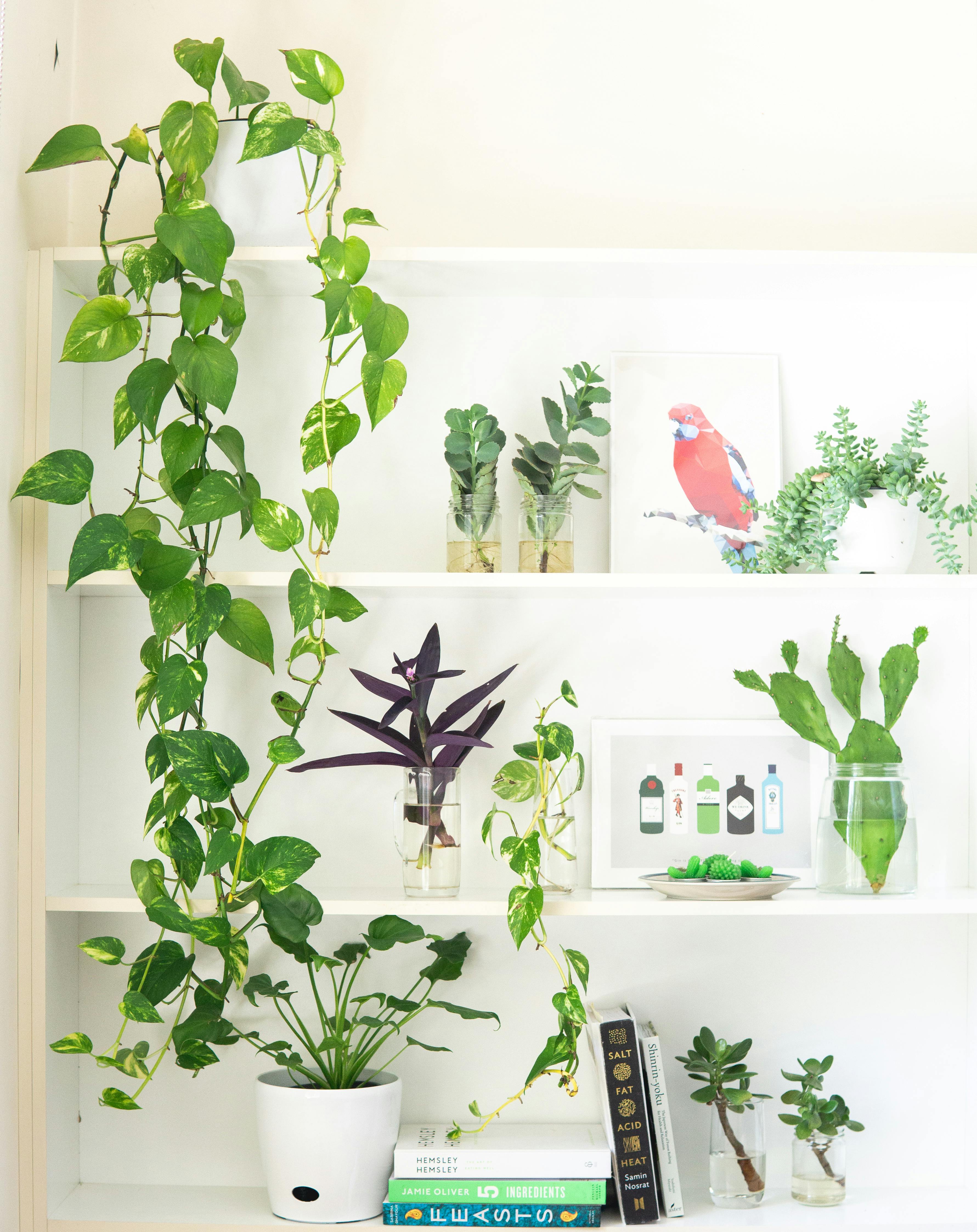

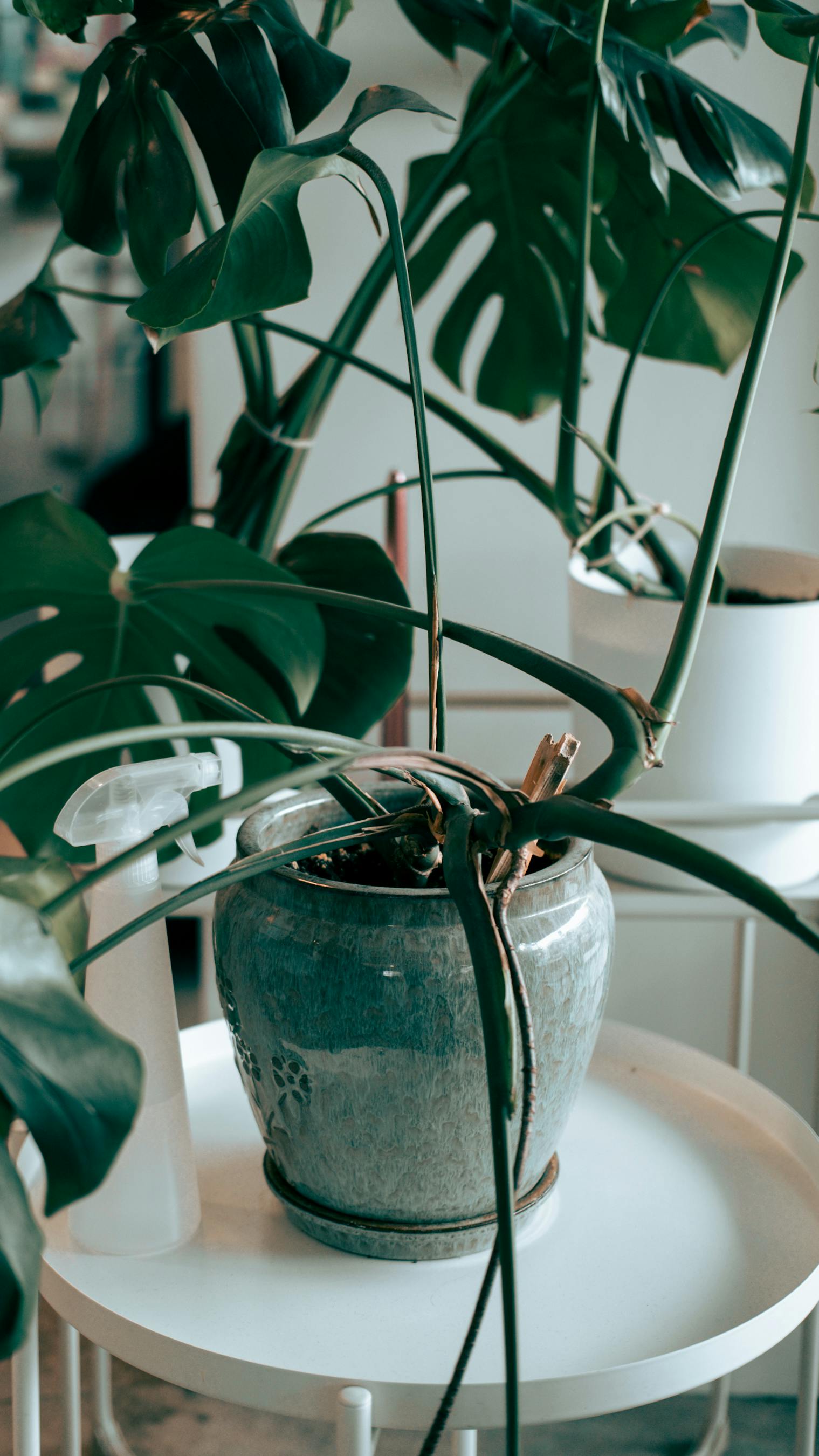


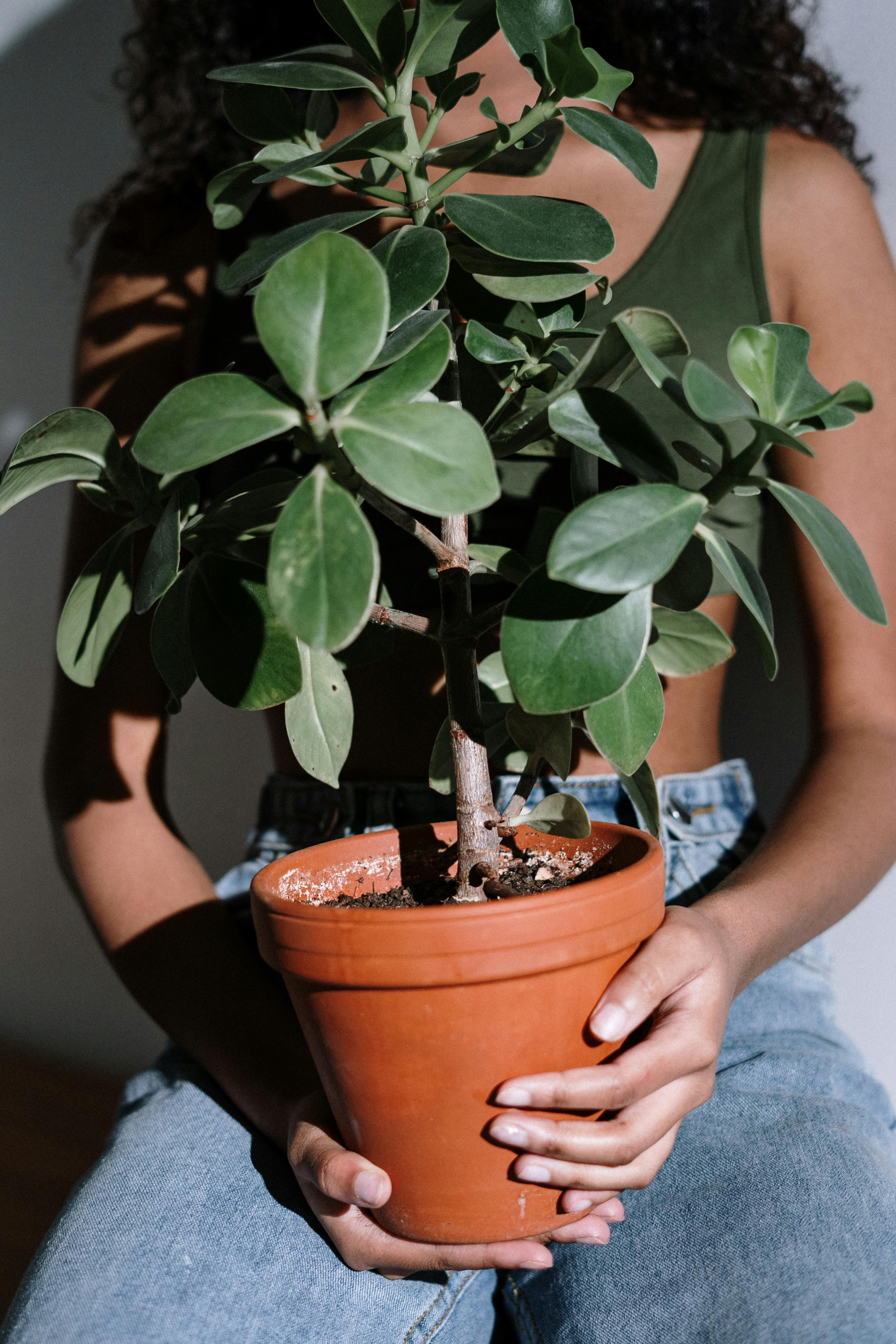
1. Light: The Lifeblood of Plants
Light is one of the most critical factors in plant health. Different plants have varying light requirements, so it’s important to provide the right amount of light for each type.
- Low-light plants: Plants like snake plants, pothos, and ZZ plants thrive in indirect or low light. They are great for dim corners or spaces with limited natural light.
- Medium-light plants: Spider plants, peace lilies, and philodendrons do well in bright but indirect light.
- High-light plants: Succulents, cacti, and fiddle-leaf figs require direct sunlight. Place these near windows that get a lot of sunlight throughout the day.

Tip: If your home doesn’t get enough natural light, consider using grow lights to supplement light for your plants.
2. Watering: The Right Balance
Watering can be tricky since overwatering and underwatering are common plant care mistakes. It’s important to get the balance just right.
- Check the soil: Before watering, check the top 1-2 inches of soil. If it’s dry, it’s time to water. For plants like succulents, allow the soil to dry out completely between waterings.
- Water deeply: When watering, ensure the water reaches the roots. Let the water drain from the bottom of the pot to avoid waterlogging.
- Adjust for the season: Plants typically need more water during the growing season (spring and summer) and less during their dormant period (fall and winter).
Tip: Use room-temperature water to avoid shocking the plant’s roots.
3. Humidity: Mimicking Nature
Many indoor plants, especially tropical ones, love humidity. If your home is too dry, your plants might struggle.
- Misting: Lightly mist your plants’ leaves to boost humidity, but avoid overdoing it, as too much moisture can lead to fungal issues.
- Grouping plants: Plants naturally release moisture through transpiration, so grouping them together can increase humidity around them.
- Use a humidity tray: Fill a shallow tray with pebbles and water, then place your plant pots on top. As the water evaporates, it creates humidity for the plants.
Tip: Consider using a humidifier if you live in a particularly dry climate.
4. Soil: The Foundation of Growth
Soil plays a crucial role in plant health, and using the right type is key to plant care.
- Well-draining soil: Most plants, especially succulents and cacti, need soil that drains well. Use a mix that includes sand or perlite to prevent water from pooling at the roots.
- Rich, organic soil: Plants like ferns and flowering plants benefit from nutrient-rich, organic soil that retains moisture but doesn’t become waterlogged.
- Repotting: Over time, soil can lose its nutrients, so repotting your plants every year or two with fresh soil will help them stay healthy.
Tip: Always choose a pot with drainage holes to allow excess water to escape.
5. Fertilizing: Feeding Your Green Babies
Plants need nutrients to grow, and while they get some from the soil, fertilizers provide an extra boost.
- Liquid fertilizers: Easy to use, liquid fertilizers are applied while watering. Follow the instructions on the bottle for the right dosage.
- Slow-release fertilizers: These are added to the soil and break down over time, providing a steady supply of nutrients.
- Frequency: During the growing season, fertilize every 4-6 weeks. Reduce feeding in the winter when plants are usually dormant.
Tip: Over-fertilizing can be harmful, so always follow the recommended amounts.
6. Pruning: Keeping Your Plants in Shape
Pruning not only improves your plant’s appearance but also encourages healthy growth. Remove dead or yellowing leaves, trim overgrown stems, and cut back leggy growth to promote bushier, healthier plants.
- Deadheading: For flowering plants, remove spent blooms to encourage new growth and prevent wasted energy on seed production.
- Pinching back: For plants like basil or mint, pinching back the tops helps encourage bushier growth and prevents legginess.
Tip: Use clean, sharp scissors or pruning shears to avoid damaging your plants
7. Pest Control: Defending Your Plants
Even the healthiest plants can attract pests. Keep an eye out for common plant pests like spider mites, aphids, and mealybugs.
- Isolate infested plants: If you notice pests, isolate the affected plant to prevent them from spreading.
- Use natural remedies: Neem oil, insecticidal soap, and a mixture of water and dish soap are effective in treating most pest infestations.
Tip: Regularly inspecting your plants can help you catch infestations early before they become a bigger problem.
8. Emotional Benefits of Plant Parenthood
Caring for plants isn’t just about keeping them alive—it’s also about nurturing yourself. Studies show that plants can reduce stress, improve air quality, and enhance overall well-being. Taking time to care for your green babies can be a rewarding and therapeutic experience, making you feel more connected to nature and life.
With these care tips, your journey into plant parenthood will be smooth and enjoyable. As you nurture your green babies, you’ll not only create a thriving indoor garden but also cultivate a sense of peace and satisfaction. Happy planting!
